
International Phonetic Alphabet (1888)
The developments in the area of phonetics in the 19th century, like the work of the brothers Grimm, led in 1886 to the creation of the International Phonetic Association in…
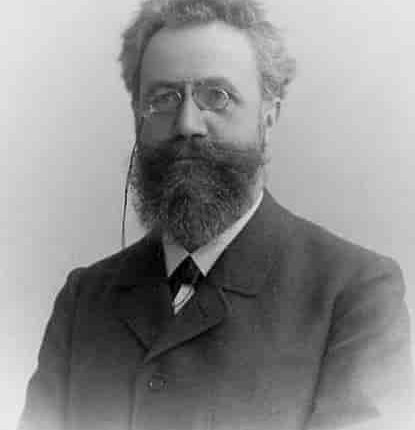
The forgetting curve: Hermann Ebbinghaus (1885)
Hermann Ebbinghaus was a psychologist primarily known for his research in the field of memory. His groundbreaking work focused on understanding the processes of learning and forgetting, and he conducted…
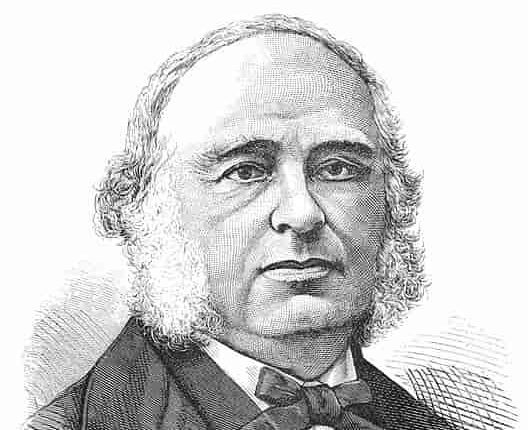
Language is in the brain: Paul Broca and Carl Wernicke (1870)
Around the 1870s, French neurologist Paul Broca discovered a region of the brain that was associated with the production of spoken language. It was the first time in history that…
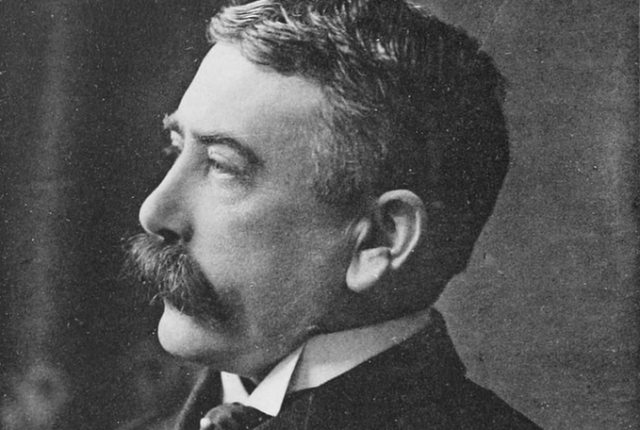
Ferdinand de Saussure: The father of linguistics (1857)
Ferdinand de Saussure, born in Switzerland in 1857, is regarded as the founder of modern linguistics. He laid the foundation for many of the developments in linguistics in the twentieth…

The grammar-translation method: The first official learning method (1880)
During the 17th century, the primary purpose of teaching Latin and Greek was not for spoken communication but rather to educate scholars and create “the illusion of deep knowledge”. It…
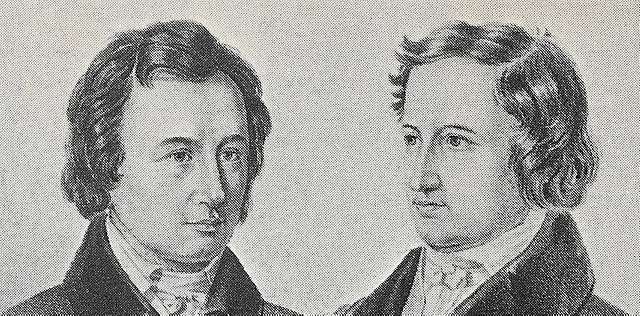
The Grimm brothers: Rockstar linguists (1822)
The 19th century investigated language and learning in more detail. This led to the formal development of linguistics, phonetics, and neurolinguistics, as well as the first-ever formal language learning method,…
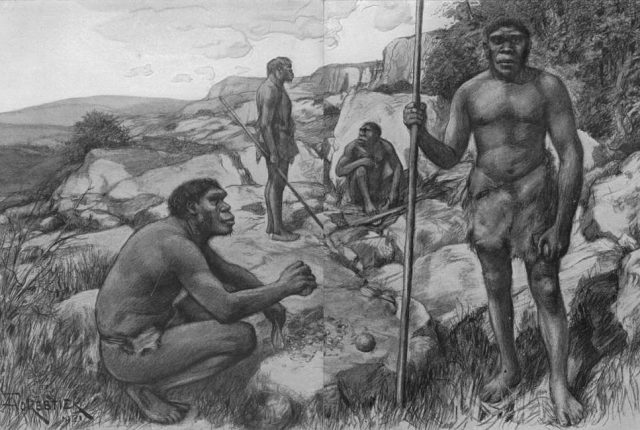
Beginning of language (1 million years ago)
Language is not a recent development in human history. Not so long ago, researchers claimed that language is about 50,000 to 100,000 years old and possessed exclusively by Homo sapiens….
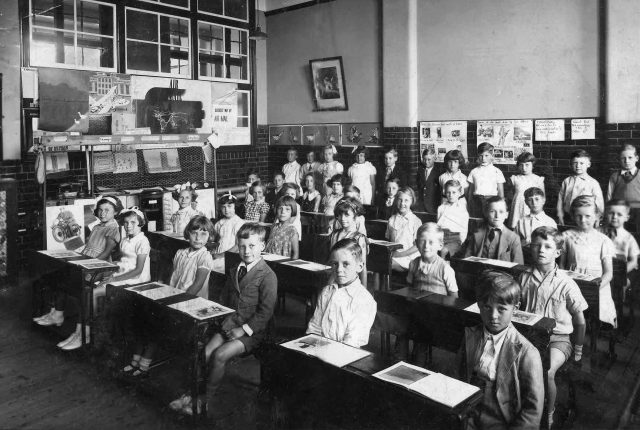
Audio-Visual Language Teaching: A Comprehensive Overview
Audio-visual language teaching represents a methodological approach that integrates visual and auditory media to enhance language learning. This method exists in both strong and weak versions, with the strong variant…



